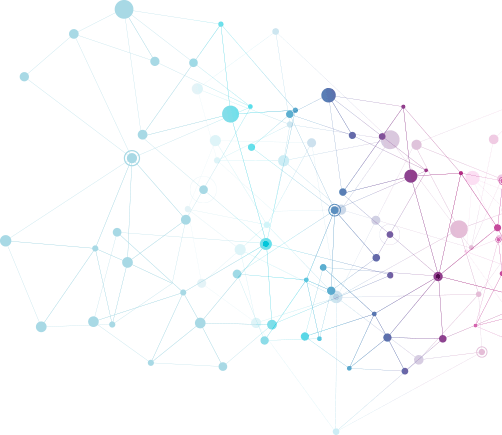Kafka
Kafka is widely used to replace log collection systems. Genuine worker log records are gathered and kept in a single location for log aggregate processing (maybe a record worker or HDFS). The usage of Kafka and abstractions makes it easier to see log or event data as a flurry of messages. Because each customer site visit generates many movement signals, action following is usually rather high volume. Kafka offers comparable performance to log-driven systems like Scribe or Flume, as well as stronger grounded stability owing to replication and much decreased start-to-finish idleness. Stream Processing is a real-time data processing technology.







